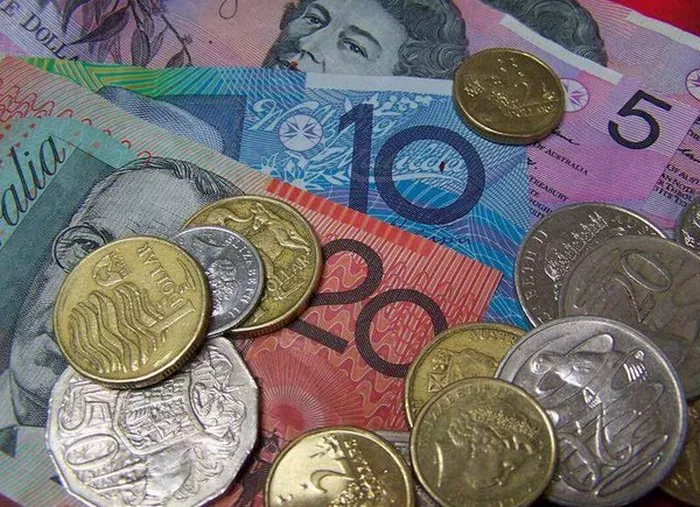AUD/USD rose in early Asian trading on Monday. A weaker US dollar and falling US bond yields helped AUD/USD rebound. As of press time, AUD/USD was trading at 0.6442, up 0.03% throughout the day.
Australian PMI data showed a slight improvement on Friday. The preliminary reading of the S&P Global Services Purchasing Managers’ Index for September was 50.5, up from the previous reading of 47.8. The manufacturing purchasing managers index fell to 48.2 from the previous value of 49.6. The composite PMI also rose to 50.2 from 48.0.
Minutes of the Reserve Bank of Australia’s September monetary policy meeting showed that further tightening of monetary policy may be necessary if inflation turns out to be stronger than expected. But the case for staying on hold is stronger, and recent data have not materially changed the economic outlook. This may therefore halt the AUD upside and be bearish for AUD/USD.
In terms of the US dollar, the Federal Reserve (Fed) decided to keep interest rates unchanged at the range of 5.25% to 5.50% at its September meeting. In terms of macroeconomic forecasts, most members still expect further rate hikes later this year. Boston and San Francisco Fed Presidents Susan Collins and Mary Daly stressed that although inflation is cooling, further interest rate increases are still necessary.
In addition, Minneapolis Fed President Neel Kashkari said that he had thought that raising interest rates by 500 basis points (bps) or 525 basis points would put a brake on consumer spending, but the current situation shows that the Fed The interest rate hike policy did not put the brakes on consumer spending.
In terms of data, the U.S. S&P Global Manufacturing Purchasing Managers’ Index rose to 48.9 in September from 47.9 in August, indicating that manufacturing business activity continued to shrink. At the same time, the services purchasing managers index fell to 50.2 from 50.5 last month. Finally, the composite PMI fell to 50.1, down slightly from 50.2 in August.
Australia’s consumer price index for August will be released on Wednesday, followed by retail sales data on Thursday. The highlight of the week will be the U.S. core personal consumption expenditures (PCE) price index, the Fed’s preferred measure of consumer inflation. The U.S. consumer price index is expected to fall to an annual rate of 3.9% from 4.2%. Traders will look to this data for AUD/USD trading opportunities.


